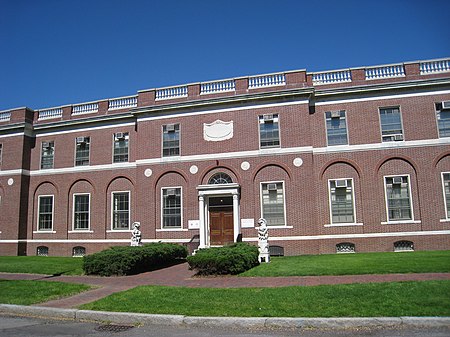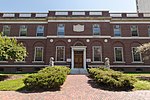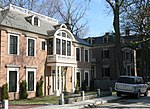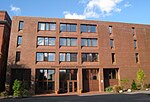Harvard–Yenching Institute
Harvard UniversityYenching University

The Harvard–Yenching Institute is an independent foundation dedicated to advancing higher education in Asia in the humanities and social sciences, with special attention to the study of Asian culture. It traditionally had close ties to Harvard University and the now-defunct Yenching University, and its offices are located on the Harvard campus in Cambridge, Massachusetts, but it is not part of Harvard.
Excerpt from the Wikipedia article Harvard–Yenching Institute (License: CC BY-SA 3.0, Authors, Images).Harvard–Yenching Institute
Massachusetts Avenue, Cambridge
Geographical coordinates (GPS) Address Nearby Places Show on map
Geographical coordinates (GPS)
| Latitude | Longitude |
|---|---|
| N 42.377552 ° | E -71.113923 ° |
Address
Harvard University
Massachusetts Avenue
02138 Cambridge
Massachusetts, United States
Open on Google Maps









